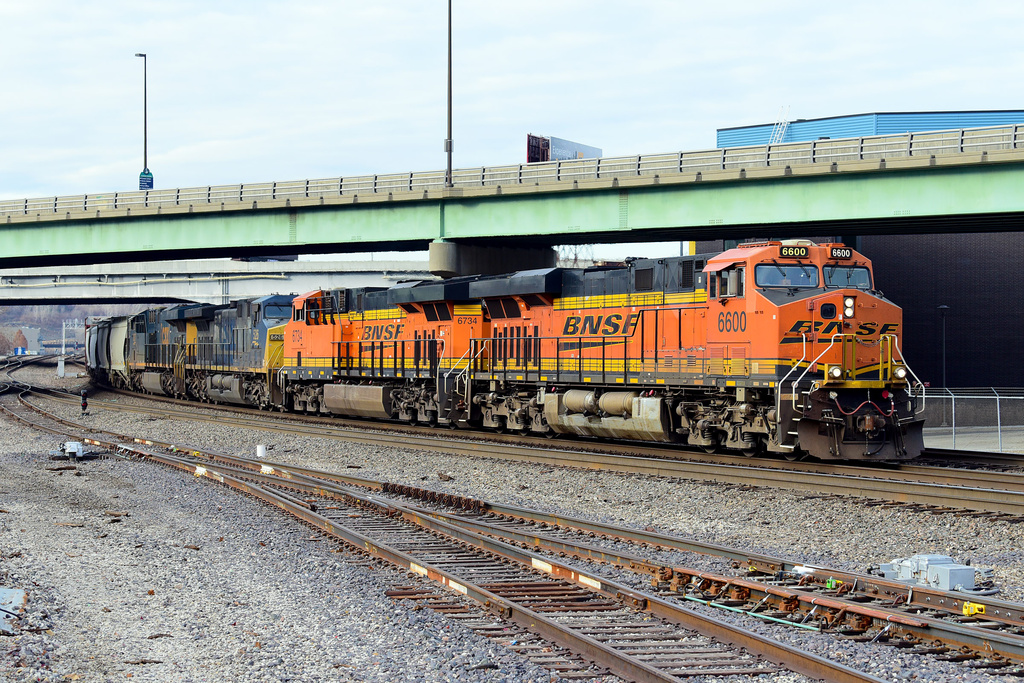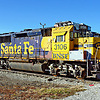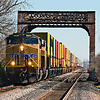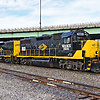| Giorgio Iannelli, Mikhail Utkin, Kees, classick and 4 other liked this |
I was wondering how is BNSF satisfied with the performance of this class? There are not many US railroads that ordered these locos from GE.
@Romet.Lyytsepp Since the major loco builders discontinued high-horsepower four-axle loco models some time ago due to restricted space on board for all the newly-required EPA emissions-control equipment, BNSF decided they could save money by ordering these units with only four traction motors instead of six. Apparently the experiment has worked, since they now have many hundreds of this model, plus another 250 of the Tier-4 ET44C4. Since BNSF has several high-speed corridors where short, fast trains are common, it made sense to order units equipped in this way.
@Maersk.146 Ok thanks for info! On my two trips to USA I noticed how many locomotives BNSF had, it was not uncommon to see eight locomotives in front of short freight trains. They seemed to operate in ineffective way. Didn’t see that with Union Pacific, this may be because they implemented PSR. What are your thoughts on that?
@Romet.Lyytsepp BNSF is privately owned by Warren Buffett’s Berkshire Hathaway company, and is thus insulated from the demands of activist investors who are driving the PSR short-term-profit-grubbing panacea that is crippling the other Class 1 railroads. BNSF is able to concentrate on providing responsive, timely customer service and does so with short, fast trains which have very high horsepower-per-ton ratios. BNSF runs a lot of time-sensitive priority traffic on its TransCon routes, from companies such as UPS, FedEx, JB Hunt, Amazon and others, and some of these trains have priority over everything else but Amtrak. Railroads which have implemented some form of PSR are more interested in satisfying their investors than their customers and many complaints are coming to the Surface Transportation Board, which is the government body that oversees the railroads. It would not be too surprising if some form of re-regulation is proposed in Congress to address these issues.
@Maersk.146 Thanks!
@Romet.Lyytsepp See https://trainspo.com/ftopic/39/?jump=241#post_2266 for an additional view of a short BNSF train with lots of power.
The idea behind these was pretty much cost driven. 4 AC traction motors cost about the same as 6 DC motors, and theoretically can produce about the same tractive effort (on paper). This has been determined to work only if on a non-tonnage train on dry rail. It's frustrating when these wheel slip at 68 MPH after the dew settles. The dynamics on them suck, too.
@uptrain Always wondered how effective this mod was, just to save a few bucks.
@Maersk.146 They're nothing to write home about, that's for sure. They all half flat wheels on the idler axle, too. That's annoying at speed.
Please log in to your account or sign up to like this picture or leave a comment












